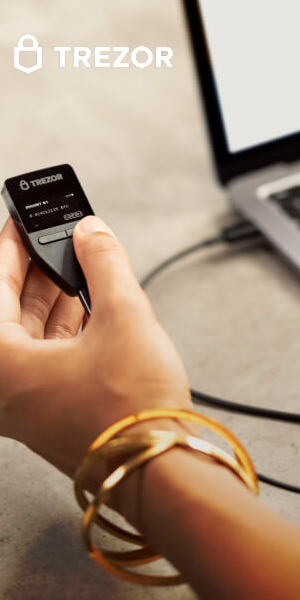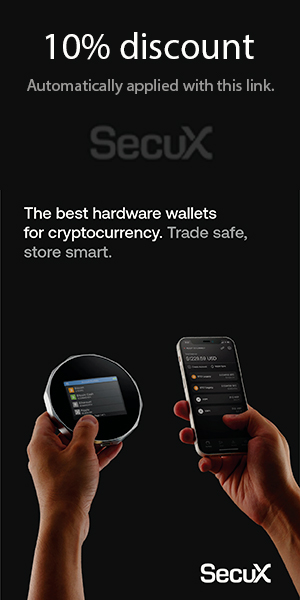The Ultimate Comparison: Cold Wallets vs. Hot Wallets
When it comes to safeguarding your cryptocurrencies, the debate between cold wallets and hot wallets is a hot topic among cybersecurity consultants. Both options have their pros and cons, but one aspect that often stands out is the ease of use of cold wallets. Let's dive into the comparison between these two storage solutions and explore how their usability differs.
Cold Wallets: A Secure Fortress for Your Cryptocurrencies
Cold wallets, also known as hardware wallets, are physical devices that store your private keys offline. This means that your cryptocurrencies are kept secure from online threats such as hacking and malware attacks. While cold wallets offer top-notch security, their ease of use may be a concern for some users.
Setting up a cold wallet involves the initial process of connecting the device to a computer, creating a PIN code, and generating a recovery seed phrase. While this may seem like a complex process, most cold wallet manufacturers provide user-friendly interfaces and step-by-step guides to help users navigate through the setup process smoothly.
Case Study: Ledger Nano S
One popular cold wallet option is the Ledger Nano S. This hardware wallet offers a simple and intuitive setup process, making it easy for even beginners to secure their cryptocurrencies with peace of mind. With features like a built-in OLED display and physical buttons for navigation, the Ledger Nano S ensures a user-friendly experience without compromising on security.
Hot Wallets: Convenience at Your Fingertips
In contrast to cold wallets, hot wallets are software-based wallets that store your private keys online. While hot wallets offer convenience and accessibility, they are more susceptible to cyber threats due to their connection to the internet. The ease of use of hot wallets is often highlighted as a key advantage for users who prioritize convenience over security.
Creating a hot wallet typically involves downloading a software application or using an online platform to generate a wallet address and private keys. This process is quick and straightforward, allowing users to access their cryptocurrencies anytime, anywhere with an internet connection.
Case Study: MetaMask
MetaMask is a popular hot wallet option that integrates seamlessly with web browsers, making it convenient for users to manage their Ethereum-based assets directly from their browser. With features like easy account creation and simple transaction processing, MetaMask offers a user-friendly experience for users who value accessibility and convenience.
The Verdict: Balancing Security and Usability
When it comes to choosing between cold wallets and hot wallets, cybersecurity consultants must weigh the trade-offs between security and usability. While cold wallets offer unparalleled security for long-term storage of large amounts of cryptocurrencies, hot wallets provide convenient access for daily transactions and trading activities.
Ultimately, the choice between cold wallets and hot wallets depends on individual preferences and risk tolerance. By understanding the unique features and usability aspects of each storage solution, cybersecurity consultants can help their clients make informed decisions that align with their security needs and usability requirements.
Remember, whether you opt for a cold wallet or a hot wallet, always prioritize security best practices such as keeping your recovery seed phrase secure and regularly updating your wallet software to protect your cryptocurrencies from potential threats.




